Born in New Bedford, Massachusetts, in 1923, he grew up in Quincy, Massachusetts, a Navy town, during the Great Depression. He originally wanted to join the Navy, but a disinterested and rude recruiter did not make a good impression on him, so he joined the Army Air Corps in 1942 before finishing high school. Airey completed radio school and became a B–24 radio operator and gunner. On his 28th mission in Europe, his B–24 was shot down while on a bombing run over Vienna, Austria. The crew bailed out over Hungary, at about 18,000 feet, high enough that Airey had time to tear up his radio operator code card.
Airey was taken to Stalag Luft IV, a prisoner of war camp for Allied Airmen. In February 1945, as Soviet armies got closer, the Germans forced the prisoners to march west. Some of them did not survive, and when British forces liberated them, Airey had dysentery and weighed less than 100 pounds.
 In spite of his experiences, Airey was committed to serving his country in the military, so after his recuperation leave, he reenlisted. For about six years, he was a radio instructor at Scott Field, later Scott Air Force Base. Committed to excellence, innovation, and saving resources, at Okinawa, he devised a corrosion control assembly line for aircraft radar and radio equipment and was recognized for his achievement.
In spite of his experiences, Airey was committed to serving his country in the military, so after his recuperation leave, he reenlisted. For about six years, he was a radio instructor at Scott Field, later Scott Air Force Base. Committed to excellence, innovation, and saving resources, at Okinawa, he devised a corrosion control assembly line for aircraft radar and radio equipment and was recognized for his achievement.
In 1953, he took his first assignment as a first sergeant at a squadron and found his calling as a leader of Airmen. He believed that those years of experience truly prepared him to become the Chief Master Sergeant of the Air Force. As a first sergeant, he recognized the value of education and earned an associate’s degree and pursued follow-on college courses.
When the Air Force established the new position of Chief Master Sergeant of the Air Force, Chief Airey was one of three chiefs to go to Washington for interviews with senior leaders, including the Vice Chief of Staff and the Chief of Staff of the United States Air Force. Once in his new role, he immediately took on the task of improving enlisted retention and reforming the promotion system. His efforts helped to produce the Weighted Airman Promotion System (WAPS), which provided equitable promotion opportunities across all career fields. He also began the process that led to the establishment of an Air Force-level senior noncommissioned officer academy, although it was not approved until Chief Airey had completed his tenure as CMSAF.
During his tenure as Chief Master Sergeant of the Air Force, Chief Airey made four visits to Vietnam to interact with the Air Force troops there. Based on his own combat experience in World War II, he knew well the importance of supporting the Airmen in theater. He returned from each of those visits with renewed pride in the Airmen of the United States Air Force.
In addition to being the first Chief Master Sergeant of the Air Force, he was the only one to remain on active duty after his tenure was complete. It is fitting that he chose to become a first sergeant, a job he cherished, at a combat crew training squadron at Tyndall Air Force Base, Florida. After his retirement, he continued to serve Airmen as the regional director of the Air Force Sergeants Association and also a member of the Air University Foundation, a member of the board of trustees for the Airmen Memorial Museum, and a member of the Airmen Memorial Foundation.

As one who faced and overcame significant barriers, Chief Airey firmly established the new position as Chief Master Sergeant of the Air Force. He patiently faced the critics, and although he did not win over all of them, he convinced many of the value and importance of that position. Even after his retirement, he continued to advocate for the enlisted force and praise the dedication of Airmen of the 21st Century, who, as he had previously, faced and overcame barriers in a continual commitment to excellence.
